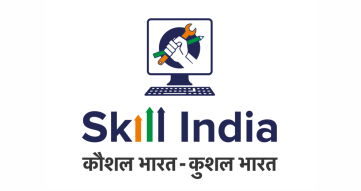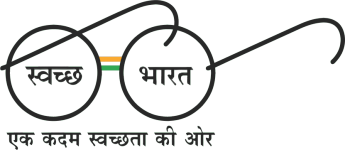+91-9711333352
+91-9711333342
+91-9711333352
+91-9711333342

Research establishment in India has been growing significantly over the past decade-and-a-half. Liberalization and subsequent opening of the Indian economy from 1991 onwards are beginning to make significant impacts.
As India continues on a sustained growth trajectory, the need for a robust R&D ecosystem coupled with an increased investment both by the private sector and the government in R&D gains significance.
There are 6862 R&D institutions in the Country. The share of various sectors in a total number of R&D institutions is Central Government 8.9%, State Governments 15.3%, Higher Education Sector 10.2% Private Sector including Scientific & Industrial Research organizations 63.1% and Public Sector Industry including State Public Sector 2.5%. Refer https://dst.gov.in/
Promotion of Academia/Industry partnerships is taking shape as there is a push to enhance entrepreneurship and innovation culture by the Govt. Our educational institutes are developing students and engineers who are equipped not only to identify problems but also innovative solutions which they are patenting at http://www.ipindia.nic.in
Research and development (R&D) include activities that companies undertake to innovate and introduce new products and services. It is often the first stage in the development process. The goal is typically to take new products and services to market and add to the company's bottom line.
Research and development – R&D – is the process by which a company works to obtain new knowledge that it might use to create new technology, products, services, or systems that it will either use or sell.
The term R&D is widely linked to innovation both in the corporate and government world or the public and private sectors. R&D allows a company to stay ahead of its competition. Without an R&D program, a company may not survive on its own and may have to rely on other ways to innovate such as engaging in mergers and acquisitions (M&A) or partnerships. Through R&D, companies can design new products and improve their existing offerings.
R&D is separate from most operational activities performed by a corporation. The research and/or development is typically not performed with the expectation of immediate profit. Instead, it is expected to contribute to the long-term profitability of a company. R&D may lead to patents, copyrights, and trademarks as discoveries are made and products are created.
 X
X




